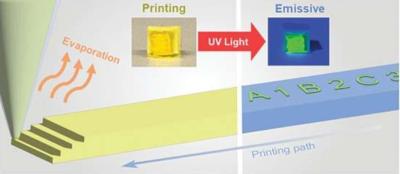Researchers design tin-germanium-based perovskite solar cell with potential efficiency of up to 31.49%
Researchers from Malaysia have simulated a mixed cation solar cell based on a perovskite absorber integrating tin (Sn) and germanium (Ge) as mixed B cations. By modulating the perovskite layer thickness, they achieved an efficiency ranging of 24.25% - 31.49%.
Perovskite absorbers using mixed cations have the potential to improve stability, light absorption, and charge carrier mobility. A cations are used to control the bandgap and stability of the perovskite material, while B cations are intended to modify electrical and optical characteristics of perovskites. The scientists explained that using both elements in the B cation via “compositional engineering ” enables to reduce their respective defects and increase the cell performance, when compared to using each of them separately. Furthermore, the Ge atoms can replace Sn atoms in the perovskite crystal structure.



